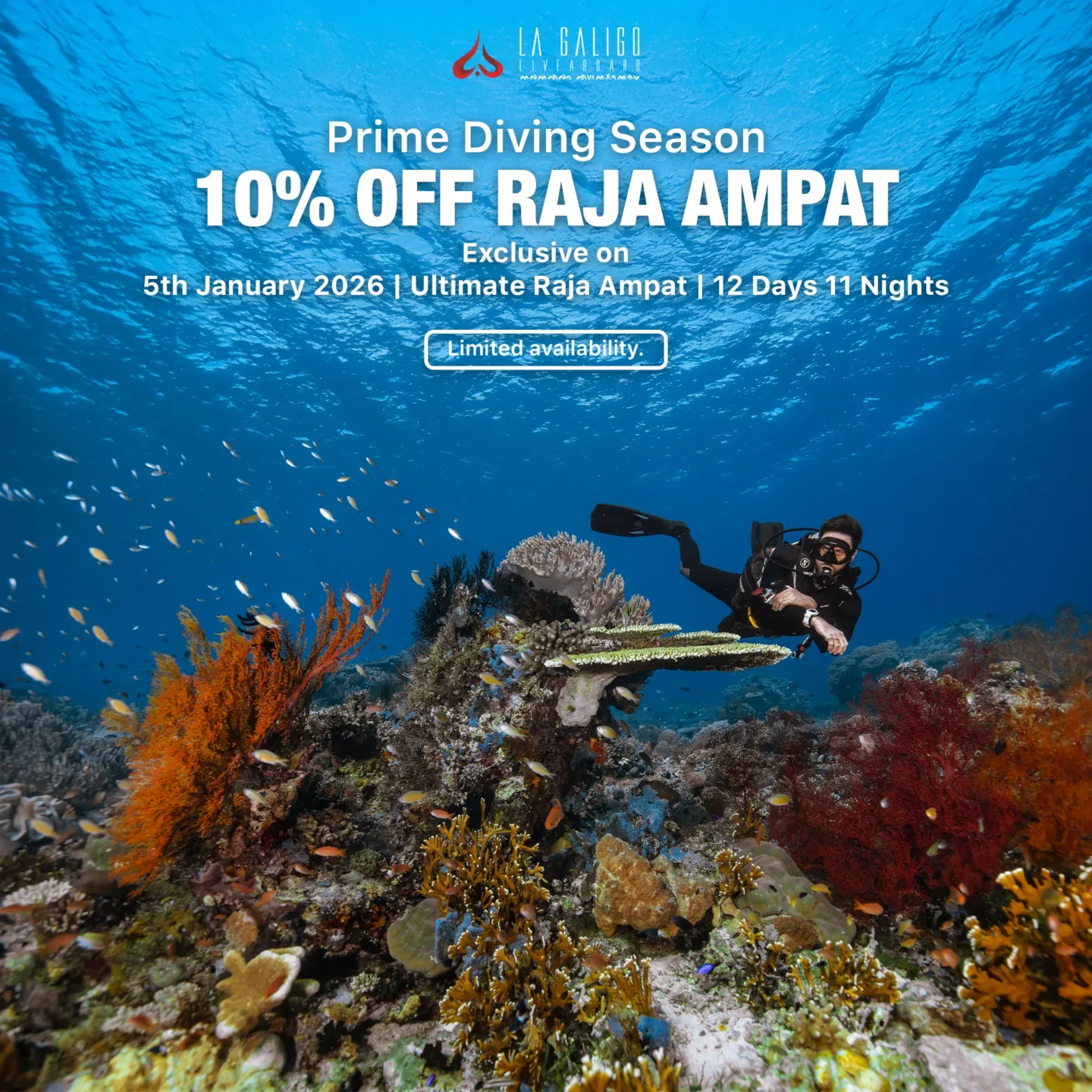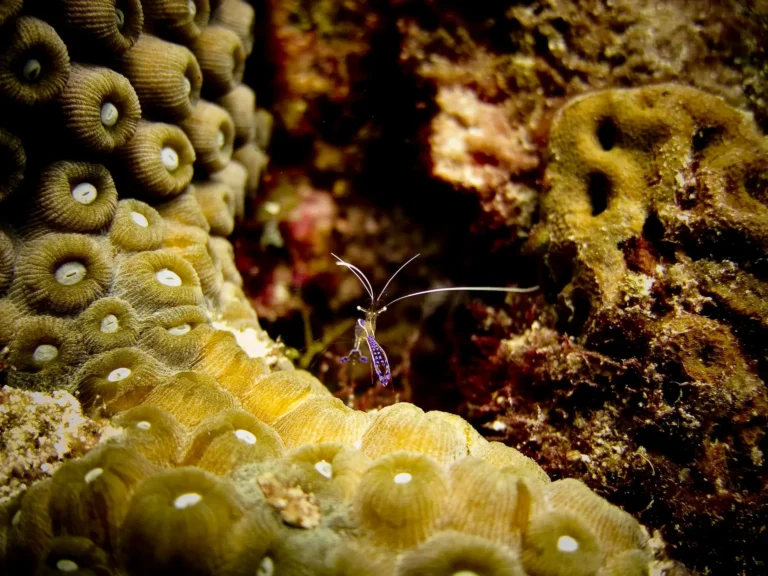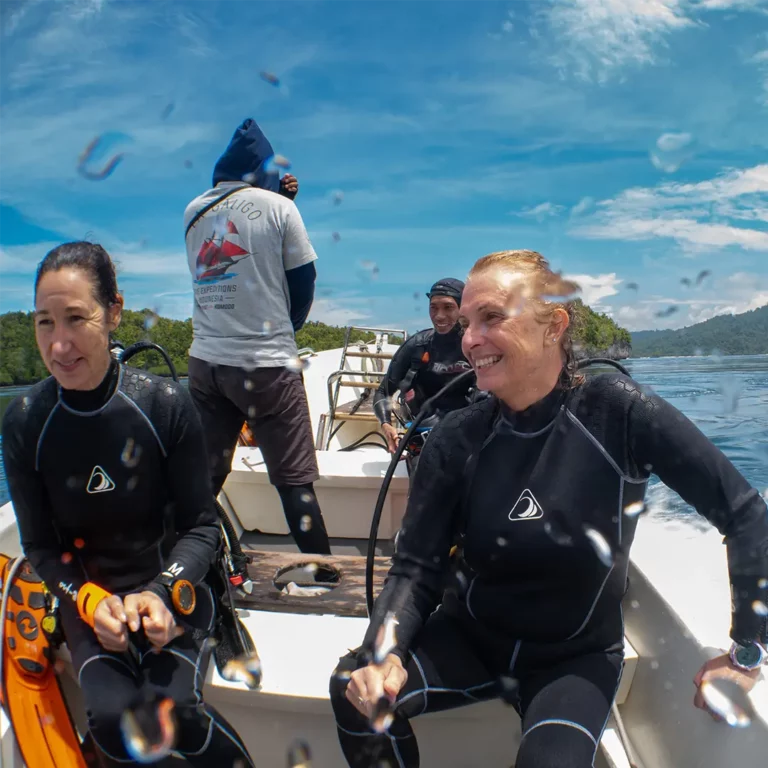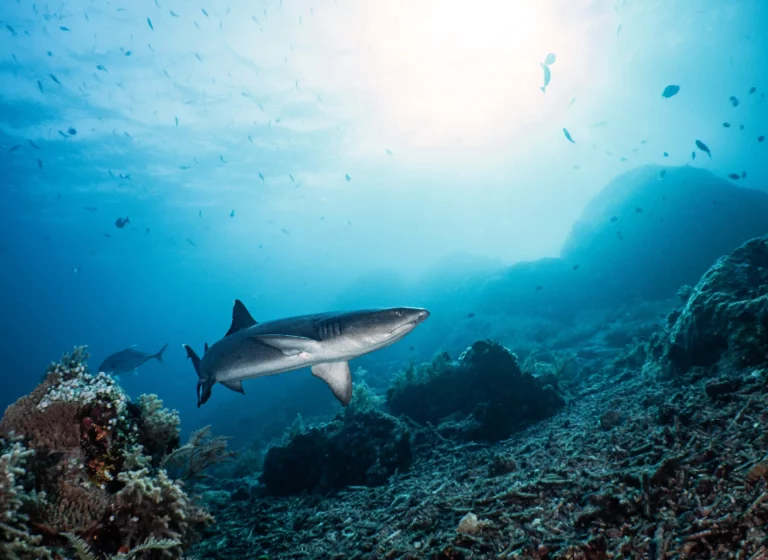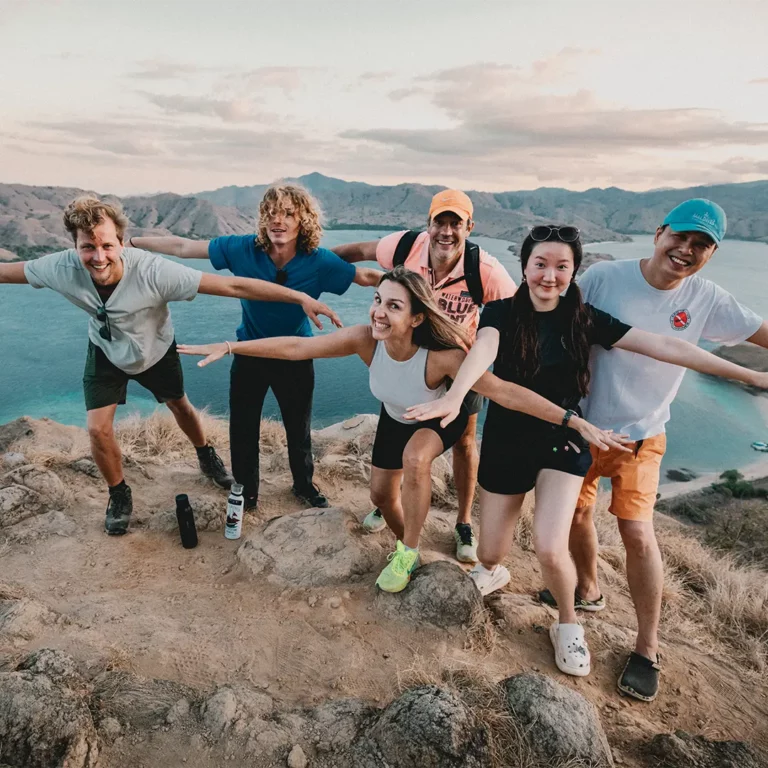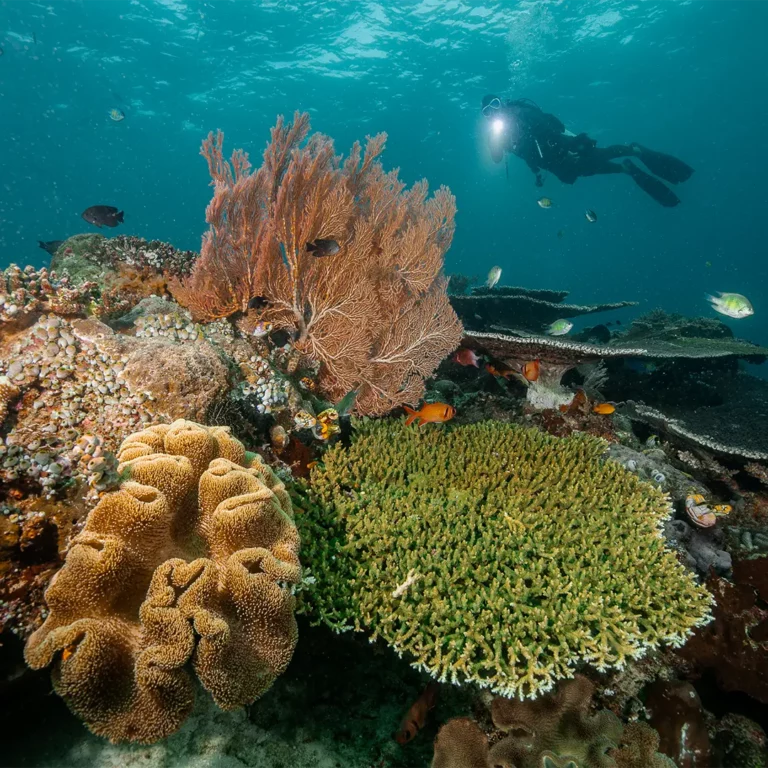A no-decompression limit (NDL) is a time limit for how long a diver can stay at a given depth. It is based on how much nitrogen a divers body absorbs over a specific time period.
No-decompression limits differ from dive to dive, depending on depth and previous recent dive profiles. A diver who stays underwater for longer than his dive’s no-decompression limit must pause periodically as he ascends to avoid decompression sickness. A diver should never exceed a no-decompression limit unless they have received specialised training in decompression procedures.
What Factors Determine How Much Nitrogen a Diver Absorbs?
The amount of nitrogen in a diver’s body absorbs (and thus his no-decompression limit) is determined by several factors, including:
- Depth: The deeper the dive, the faster the diver absorbs nitrogen and the shorter his no-decompression limit.
- Time: The longer a diver stays underwater, the more compressed nitrogen gas a diver absorbs,
- Breathing Gas Mixture: Air contains more nitrogen than other breathing gas mixtures, including enriched air nitrox. A diver who uses a breathing gas with a low nitrogen percentage absorbs less nitrogen per minute than a diver who uses air. This enables him to stay underwater for a longer period of time before reaching his no-decompression limit.
Previous Dives: Nitrogen remains in a diver’s body after surfacing from a dive. Because he still has nitrogen in his body from previous dives, the no-decompression limit for a repetitive dive (a second, third, or fourth dive within the last 6 hours) will be lower.
What Factors Affect a Diver’s No-Decompression Limit?
A diver’s body absorbs compressed nitrogen from breathing gas while submerged. (Gases compress underwater, according to Boyle’s Law). This compressed nitrogen has becomes entrapped in tissues. This trapped nitrogen slowly expands (or de-compresses) as the diver ascends. The diver’s body must expel the nitrogen before it expands and causes decompression sickness.
When a diver absorbs too much nitrogen, his body is unable to eliminate the expanding nitrogen quickly enough to prevent decompression sickness. Instead, the diver must pause (make decompression stops) at regular intervals during his ascent to allow his body to eliminate the excess nitrogen.
A no-decompression limit is the amount of time a diver can spend underwater before ascending to the surface without needing to decompress.
ALSO READ : The Best Underwater Cameras of 2024
When Is a Diver’s No-Decompression Limit Calculated?
To ensure that a diver does not exceed a no-decompression limit, the diver must calculate it before each dive and carry a method of monitoring the dive time and depth.
Following the no-decompression limit set by a dive guide (or buddy) is dangerous. Because an individual diver’s no-decompression limit varies with small depth fluctuations and previous dive profiles, each diver is responsible for calculating and observing their own no-decompression limit.
Create an Emergency Plan
A diver should have a plan in place in case they accidentally descend beyond the planned maximum depth or exceed the dive’s no-decompression limit.
Divers should prepare a backup plan by calculating the no-decompression limit for a slightly deeper dive than the one planned. If the planned dive depth is 18 metres (60 feet), the diver should compute the no-decompression limit for a dive to 18 metres (60 feet) and a contingency no-decompression limit for a dive to 21 metres (70 feet). The diver simply follows the contingency no-decompression limit, if the diver accidentally exceeds the planned maximum depth.
A diver should also be familiar with the rules for emergency decompression so that they know what to do if the no-decompression time is accidentally exceeded.
ALSO READ : 6 Underwater Macro Photography Techniques
Don’t Push No-Decompression Limits
Following the no-decompression limit for a dive only reduces the likelihood of decompression sickness. Experimental data and mathematical algorithms are used to determine no-decompression limits. These limits can only approximate how much nitrogen a typical diver will absorb during a dive; each diver’s body is unique. Never dive past your no-decompression limit.
If a diver is exhausted, sick, stressed, or dehydrated, they should reduce their maximum dive time. They should also reduce their maximum dive time if they have been diving for a long period of time, if they are diving in cold water, or if they are physically exerting themselves underwater. These factors may increase nitrogen absorption during the dive or decrease the body’s ability to eliminate nitrogen during the ascent.
Additionally, plan to ascend conservatively before reaching your no-decompression limit for a dive. If your ascent is delayed for any reason, you’ll have a few extra minutes to work things out before risking exceeding your no-decompression limit.

